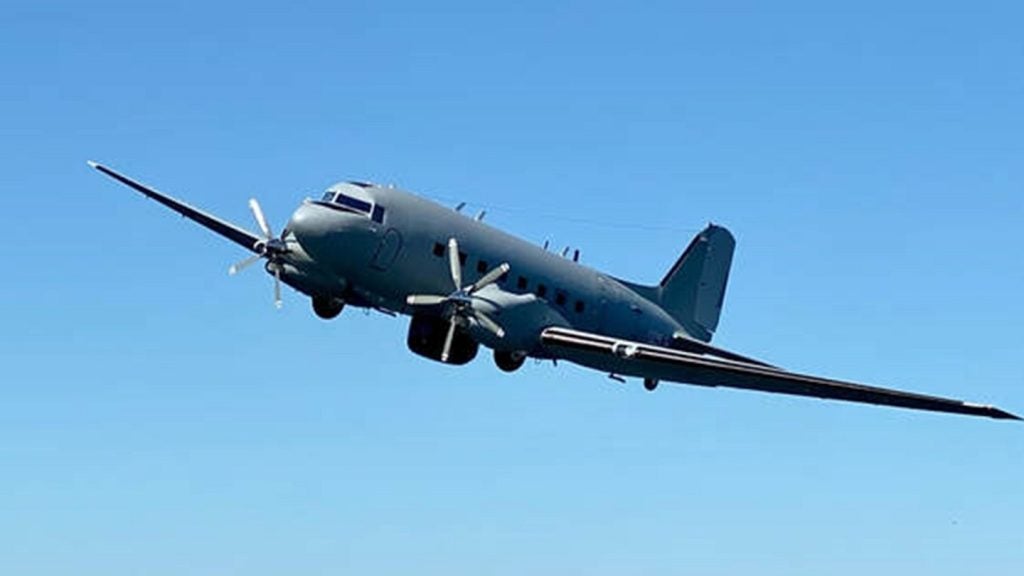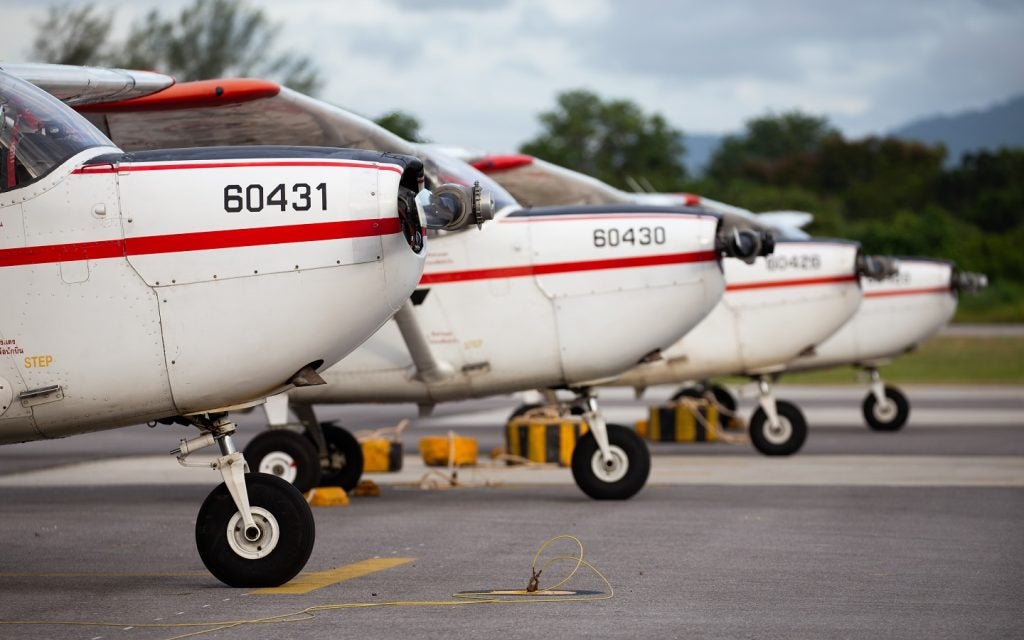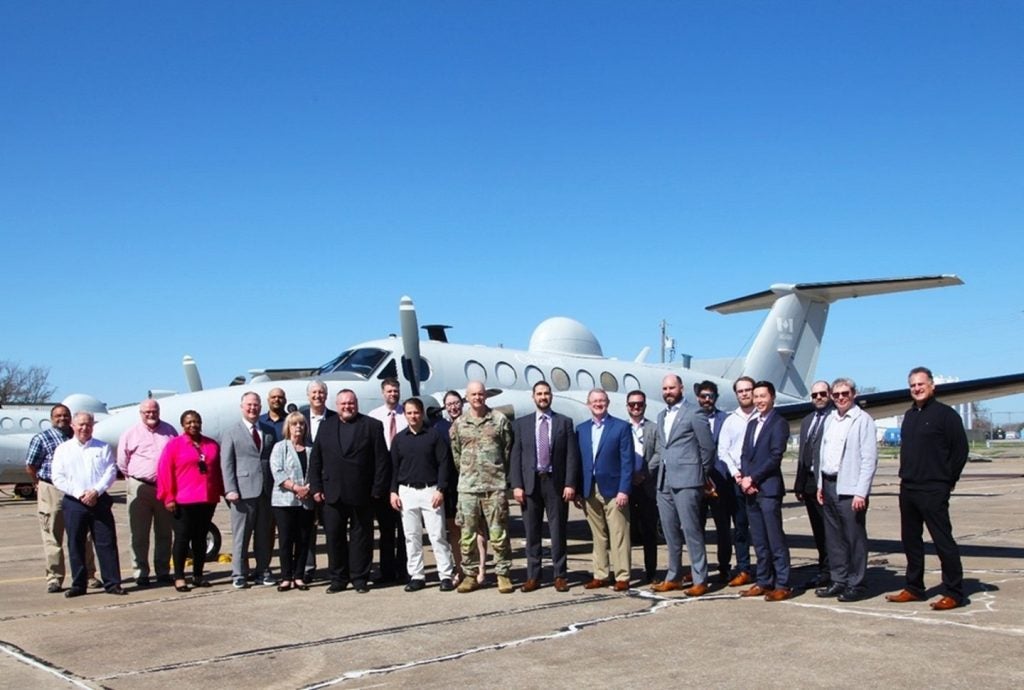The People’s Liberation Army Air Force (PLAAF) of China will induct the Chengdu J-20 fighter aircraft by early 2018, the US Department of Defense (DoD) said in an annual assessment report.
US Department of Defense East Asia acting deputy assistant secretary of defence, David Helvey, said:"[The] J-20 is still in a prototype phase."
The first J-20 prototype began its flight tests in January 2011, while the second aircraft started flying in early May 2012.
During the second flight test, the fighter jet prototype was equipped with a nose pitot probe to the extreme tip of the radome, rather than being mounted above it.
"This report doesn’t make a net assessment between China’s capabilities for unmanned air systems and US capabilities, but that is an area that China is interested in developing," said Helvey.
According to the report, the J-20 will be equipped with stealth attributes, advanced avionics, and supercruise-capable engines.
The aircraft has 11 external hardpoints including five on the fuselage, one on the centreline, a pair on each side of the fuselage and three on each wing.
How well do you really know your competitors?
Access the most comprehensive Company Profiles on the market, powered by GlobalData. Save hours of research. Gain competitive edge.

Thank you!
Your download email will arrive shortly
Not ready to buy yet? Download a free sample
We are confident about the unique quality of our Company Profiles. However, we want you to make the most beneficial decision for your business, so we offer a free sample that you can download by submitting the below form
By GlobalDataTwo J-20 prototypes were developed for aerial and ground testing in November 2010. The fifth-generation aircraft will feature a glass cockpit fitted with two liquid crystal displays and a head up display, a blended fuselage with low radar cross section as well as a v-shaped tail and tail fins.







